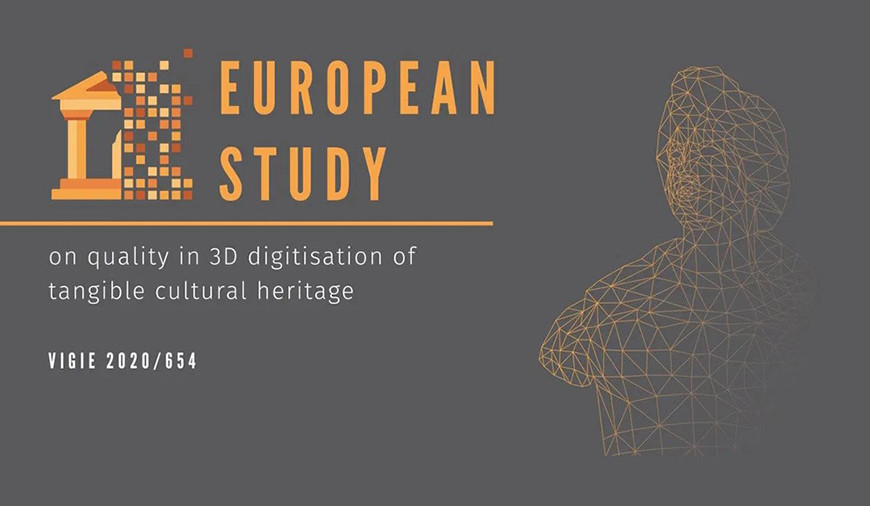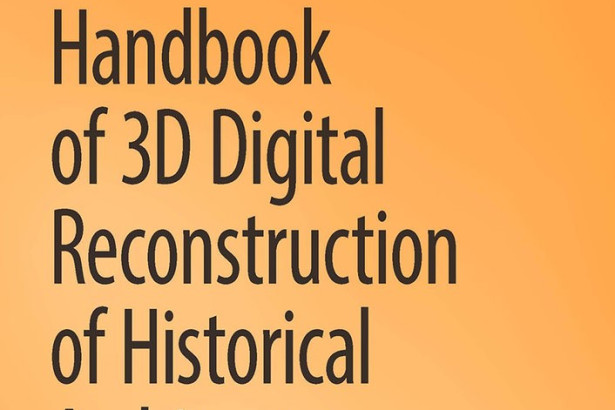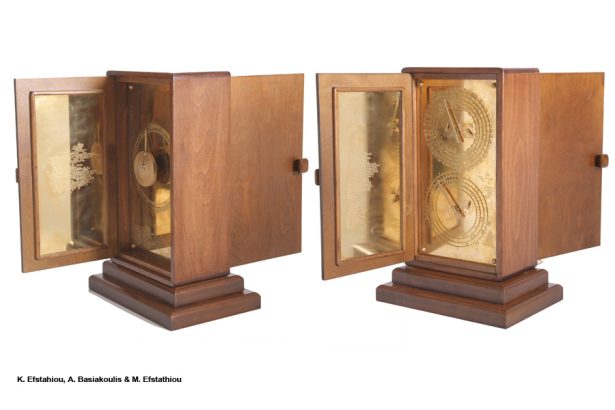Conference proceedings
CIPA 2023 conference proceedings (Open Access)
Authors
E.Argyridou, A.Karaoli, M.Hadjiathanasiou, E.Karittevli, I.Panagi, M.Mateou, M.Ioannides, Petros Patias, K.Efstathiou
Status
Argyridou, E., Karaoli, A., Hadjiathanasiou, M., Karittevli, E., Panagi, I., Mateou, M., Ioannides, M., Patias, P., and Efstathiou, K.: THE FIRST ATTEMPT FOR STANDARDISATION IN 3D DIGITISATION. THE EU STUDY ON QUALITY IN 3D DIGITISATION OF TANGIBLE CULTURAL HERITAGE, Int. Arch. Photogramm. Remote Sens. Spatial Inf. Sci., XLVIII-M-2-2023, 103–109, https://doi.org/10.5194/isprs-archives-XLVIII-M-2-2023-103-2023, 2023.
Abstract
This paper focuses on the exceptional results of the EU Study (Commission et al., 2022) to map the parameters, formats, standards, benchmarks and methodologies relating to the 3D digitisation of tangible cultural heritage (CH). The overall objective of our paper is to further the quality of the 3D digitisation process by enabling cultural heritage professionals, institutions, content developers, stakeholders and academics to define and produce high-quality digitisation standards and sustainable conservation models for the preservation, documentation, understanding, and accessibility of tangible cultural heritage assets. The aim is to achieve high quality results during the 2D and 3D recording process of CH tangible assets. This work identifies for the first time in this domain, key parameters of the digitisation process, estimated the relative complexity and how it is linked to technology, its impact on quality and its various factors. It also presents standards and formats used for 3D digitisation, including data types, data formats and metadata schemas for 3D structures within a holistic documentation approach.
Finally, this work presents and describes all the features and parameters of the complexity and quality that influence the methodology and infrastructure to be used for high quality results regarding digital cultural heritage. These complexity and quality factors are illustrated in the form of radial charts with the corresponding relevant information at the end of the paper.
Available from ISPRS Archives



